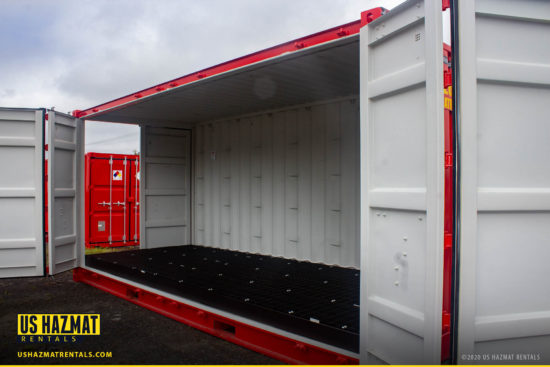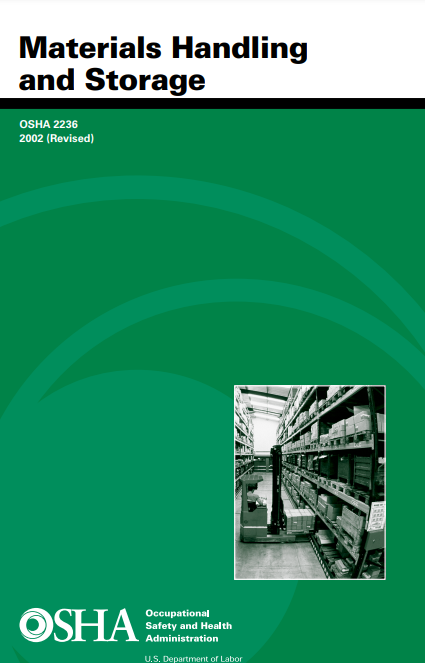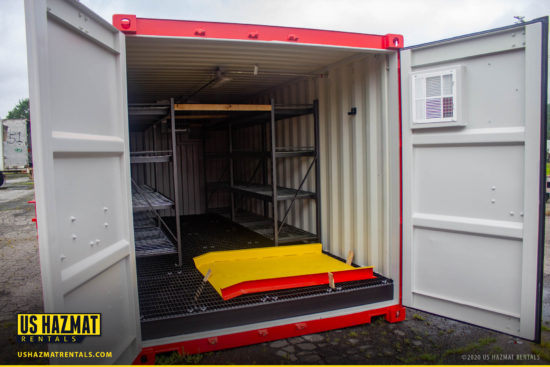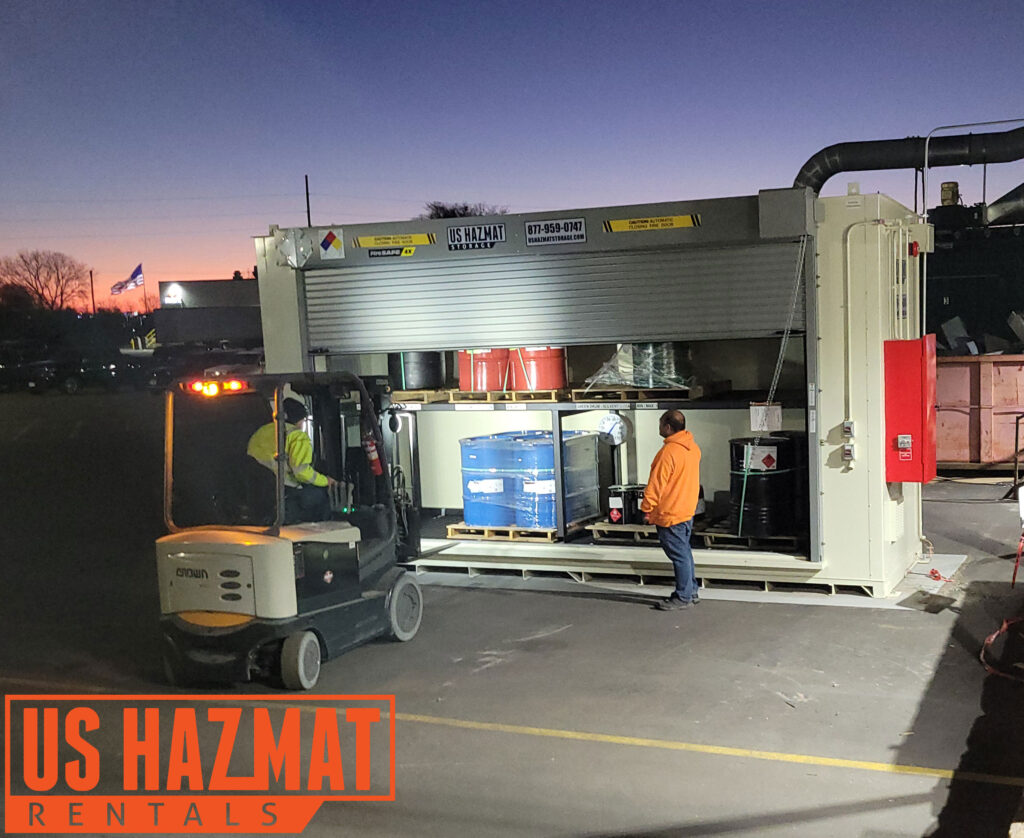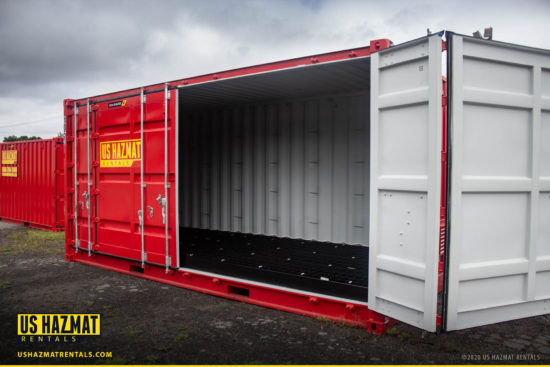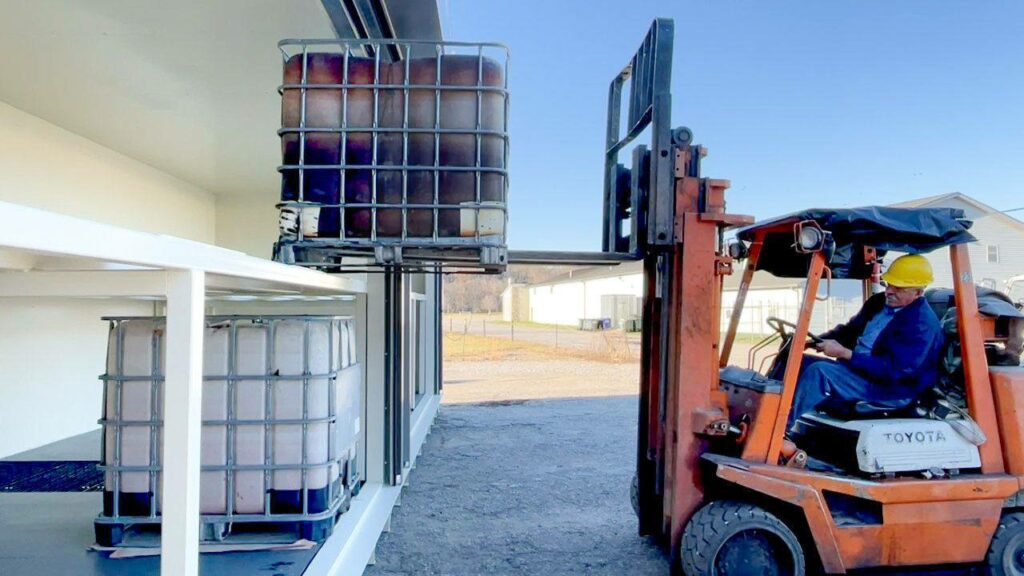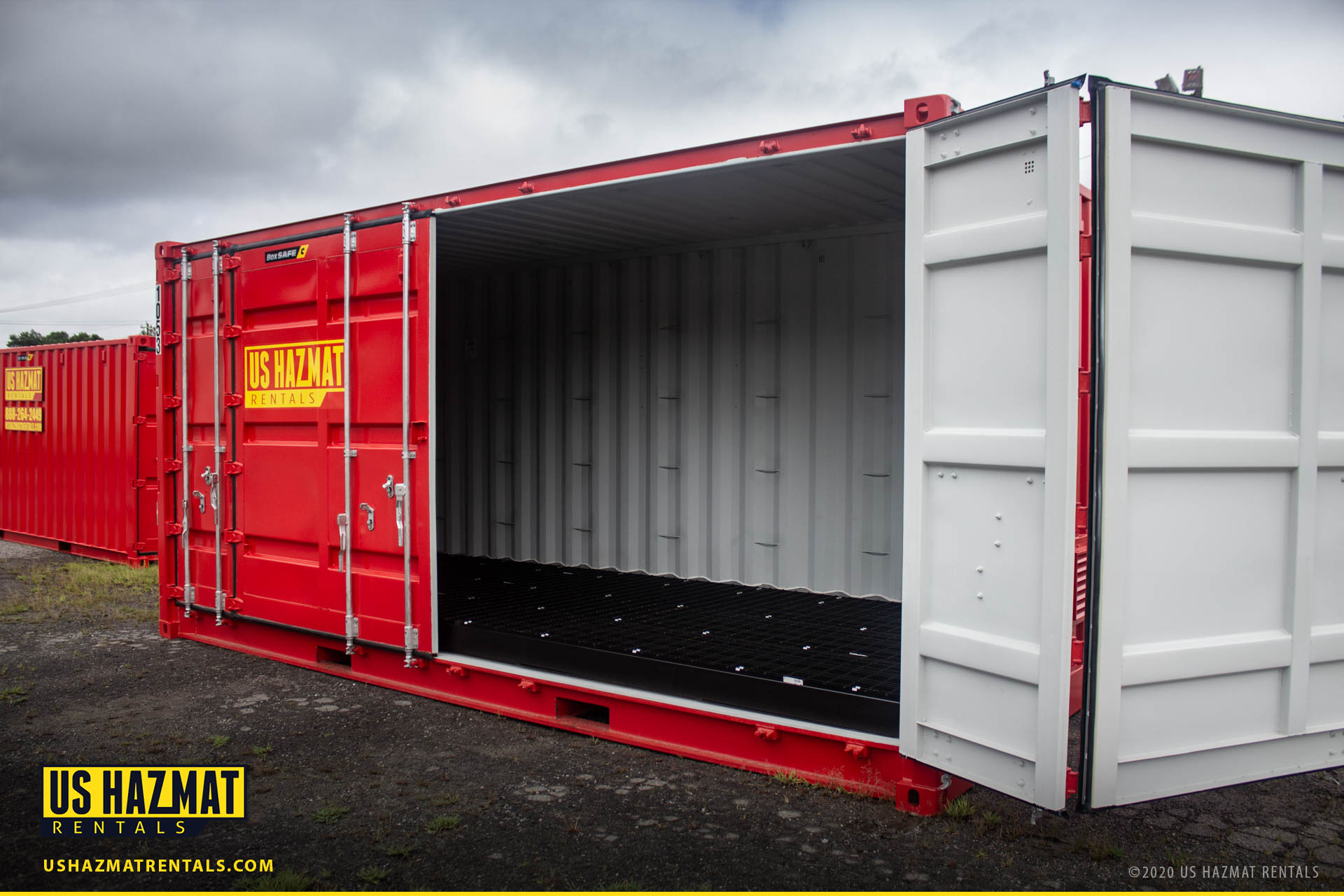Trump Floats Ending FEMA
Will President Trump end FEMA? If so, how would a bureaucratic dismantling impact federally-compliant storm shelters? The recently re-elected President said he was considering “getting rid of FEMA” during a stopover in storm-weary western North Carolina. Blue Ridge communities voiced their frustrations with the agency’s Hurricane Helene response. “FEMA has been a very big disappointment.…
Details
